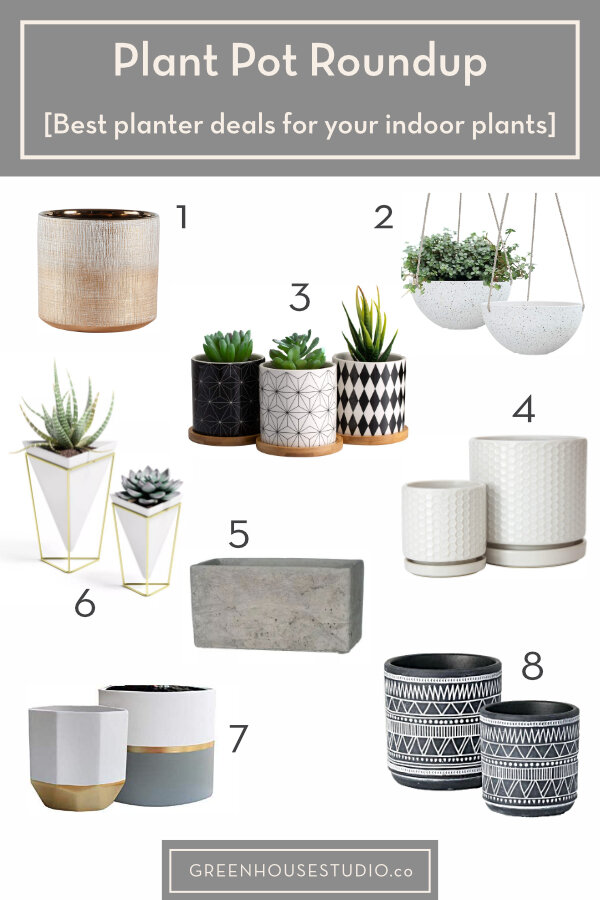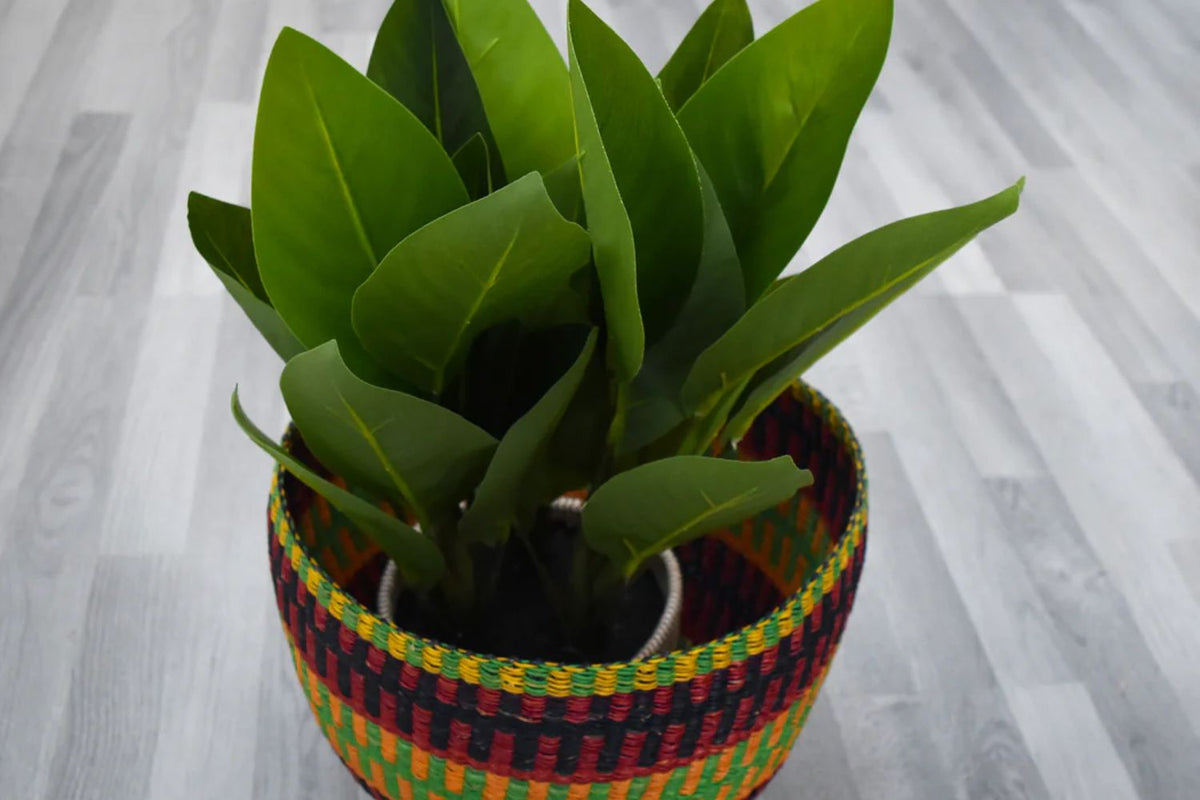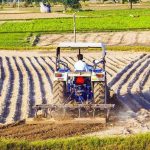Choosing the right seeder for your crops can make a significant difference in your farming success. Imagine the satisfaction of seeing your fields flourish with healthy, thriving plants because you made the right decision from the start.
But how do you ensure that you pick the perfect seeder for your needs? With so many options available, it can be overwhelming. This guide is here to simplify the process for you. Are you tired of struggling with equipment that doesn’t meet your expectations?
Do you want to maximize your yield while minimizing effort and resources? By understanding key factors and making informed choices, you can transform your planting process. Dive into this article to discover the secrets of selecting the ideal seeder and unlock the potential of your land. Your crops—and your wallet—will thank you.
Types Of Seeders
Choosing the right seeder depends on your crop type and soil condition. Precision seeders offer accurate planting for uniform growth. Broadcast seeders cover large areas, ideal for grass and grains.
Choosing the right seeder for your crops is crucial for maximizing yield and ensuring efficient planting. With various types available, understanding what each offers can guide your decision. Whether you’re a seasoned farmer or a hobbyist gardener, knowing the types of seeders can make a significant difference in your planting process.Broadcast Seeders
Broadcast seeders are popular for their simplicity and speed. They scatter seeds across the soil surface, ideal for large areas. You can cover extensive fields quickly without worrying about precise placement. However, this can lead to uneven growth if not managed properly. Have you ever thought about how this impacts your yield?Drop Seeders
Drop seeders provide more control than broadcast seeders. They drop seeds in a straight line, ensuring even spacing. This can be beneficial for crops needing specific spacing to thrive. Think about the ease of maintenance and potential for higher yields.Precision Seeders
Precision seeders are perfect for those who want accuracy in planting. They place seeds at exact depths and distances, optimizing growth conditions. They can be more expensive, but the investment often pays off with increased efficiency and crop quality. Are you ready to invest in precision for better results?Air Seeders
Air seeders use air pressure to distribute seeds, providing uniform coverage. They’re often used for larger grains like wheat and barley. The air mechanism reduces seed damage, which can be a game-changer for your harvest. Have you considered how technology can enhance your farming practices?Handheld Seeders
For small gardens or specific areas, handheld seeders are ideal. They offer manual control, allowing you to plant seeds at your own pace. They’re perfect for hobbyists or small-scale farmers looking for a personal touch. Could this be the solution for your backyard garden? Choosing the right seeder depends on your specific needs and goals. Reflect on the size of your field, the type of crops, and your budget. Each seeder type has its advantages, but the best choice will align with your priorities.
Assessing Crop Needs
Choosing the right seeder is crucial for successful crop growth. Understanding your crop needs helps in making an informed decision. Different crops have unique requirements that influence the type of seeder you should use.
Understanding Crop Types
Different crops thrive in different conditions. For instance, grains need specific spacing and depth. Vegetables might require a more delicate touch. Consider the unique characteristics of each crop. This helps ensure the seeder meets their specific planting needs.
Soil Conditions And Compatibility
Soil type affects seeder choice. Sandy soil may need different equipment compared to clay. Consider whether the seeder can handle your soil’s texture. The right seeder ensures seeds are planted at the correct depth.
Seed Size And Distribution
Seeds vary in size and shape. Large seeds might need a different mechanism than small ones. Ensure the seeder you choose can handle various seed sizes. Proper distribution is key for optimal growth.
Planting Precision Requirements
Some crops need precise planting patterns. Precision seeders offer controlled seed placement. This is essential for crops like corn or cotton. Evaluate how much precision your crops need.
Growth And Harvesting Timeline
Consider the growth cycle of your crops. Fast-growing crops might need quick planting. Some crops might have specific harvesting times. Choose a seeder that aligns with your timeline.
Evaluating Field Conditions
Choosing the right seeder begins with understanding your field’s needs. Different fields require different seeders. Soil type, moisture levels, and terrain play a crucial role. Proper evaluation ensures successful planting and crop yield.
Understanding Soil Type
Soil type affects how seeds are planted. Clay soils are dense and hold water. Sandy soils drain quickly and are loose. Knowing your soil type helps in selecting the right seeder. Some seeders work best with specific soils.
Assessing Moisture Levels
Moisture levels impact seeding success. Wet fields can clog certain seeders. Dry fields may require seeders that can press seeds deeper. Check the moisture level before choosing a seeder. It helps in avoiding planting issues.
Evaluating Terrain Challenges
Not all fields are flat. Hilly or uneven fields need special attention. Some seeders handle slopes better. Others are designed for flat terrain. Consider your field’s terrain to ensure your seeder works efficiently.
Considering Field Size
Field size determines seeder size. Larger fields benefit from bigger seeders. Small fields require more precise seeder options. Choosing the right size saves time and effort. It also ensures even seed distribution.

Budget And Maintenance
Selecting the right seeder requires attention to budget and maintenance needs. Consider equipment durability to avoid costly repairs. Choose wisely to ensure efficient planting and long-term savings.
Choosing the right seeder for your crops can be overwhelming, especially when considering budget and maintenance. These factors are crucial because they affect both the initial investment and the long-term usability of the equipment. Ensuring you get value for your money while keeping future costs in check is key to a successful farming operation. ###Understanding Your Budget
First, determine how much you are willing to spend. Balancing quality with affordability is a challenge, but it’s essential. Evaluate your financial situation and consider whether a high-end seeder will offer benefits worth the price. Consider the size of your farm. A small farm might not require a large, expensive seeder. On the other hand, a larger farm might benefit from a more robust machine, even if it means stretching the budget a little. Talk to other farmers about their experiences. They can provide insights into what worked for them and what didn’t. This can save you from costly mistakes. ###Maintenance Costs Matter
Many forget to factor in the cost of maintenance when purchasing a seeder. Regular maintenance is crucial for keeping your seeder in top condition. Ignoring maintenance can lead to higher repair costs down the line. Check if the manufacturer offers a warranty or maintenance plan. This can reduce the financial burden of unexpected repairs. Also, inquire about the availability and cost of replacement parts. Think about how much time you are willing to spend on maintenance. Some seeders require more upkeep than others. If you’re strapped for time, a low-maintenance model might be more suitable. ###Think Long-term
Consider how your needs might change over time. Buying a seeder that’s too small might save money now, but could cost more if you need to upgrade soon. Anticipating future needs can prevent unnecessary expenses. Ask yourself if the seeder you’re considering will support the growth of your farm. Investing in equipment that can handle expansion could be more economical in the long run. Reflect on your past experiences. Have you ever regretted buying a cheaper option that didn’t last? Use that knowledge to make a smarter choice this time. ###Seek Expert Advice
Consult with agricultural experts or local dealers. Their expertise can guide you to the best options within your budget. They can also provide maintenance tips to extend the life of your seeder. Engage in online forums and communities. These platforms can be invaluable for advice and reviews from fellow farmers who have faced similar decisions. Are you ready to choose a seeder that fits your budget and maintenance needs? Being informed and prepared will make the decision easier and more effective for your farming success.
Conclusion
Choosing the right seeder makes a big difference for your crops. Consider your farm size and crop types. Think about your budget too. Small farms might need less complex seeders. Larger operations could benefit from advanced options. Always prioritize quality and reliability.
Test different seeders if possible. This ensures they suit your needs. Consult with fellow farmers for their advice. Their experiences can guide you. Take your time in making a decision. The right seeder can boost your farming efficiency. And lead to better crop yields.
Happy farming!



